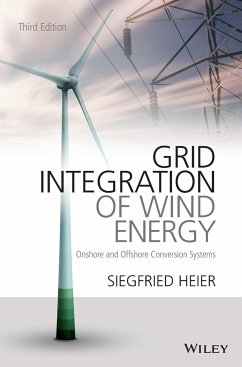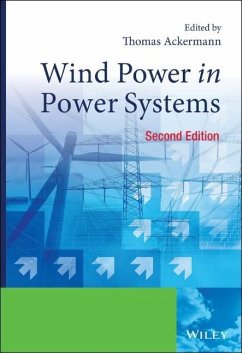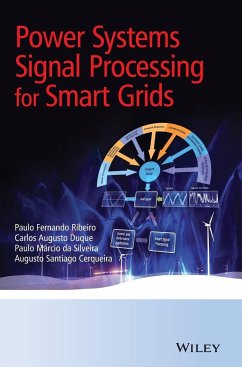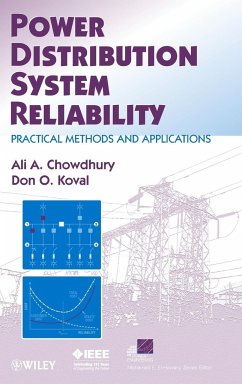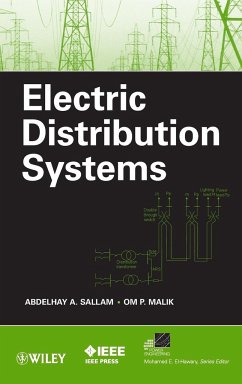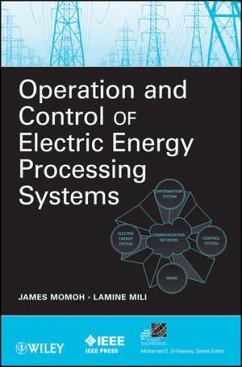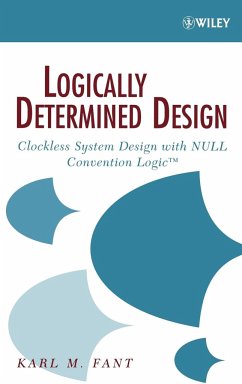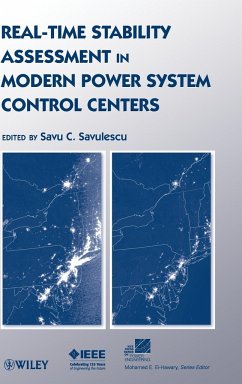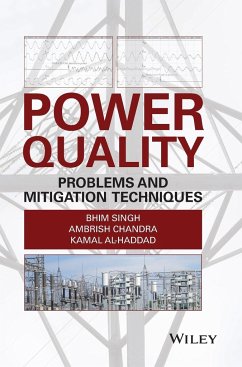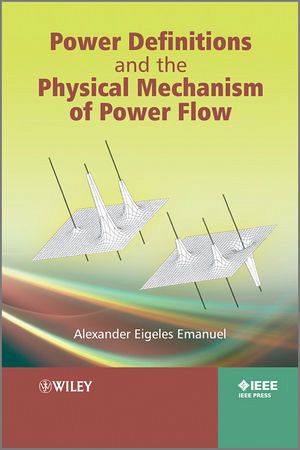
Power Definitions and the Physical Mechanism of Power Flow
Versandkostenfrei!
Versandfertig in über 4 Wochen
102,99 €
inkl. MwSt.
Weitere Ausgaben:

PAYBACK Punkte
51 °P sammeln!
A comprehensive analysis of power definitions in electrical systems, describing the physical meaning, theoretical aspects and future developments whilst critically evaluating the two standards of power definition and helping disseminate the correct power definitions worldwide.
All the most important and recent theories regarding power and power flow are shown and critically analysed. The book is logically organised, starting at an elementary level and becoming more complex.
All the most important and recent theories regarding power and power flow are shown and critically analysed. The book is logically organised, starting at an elementary level and becoming more complex.
Professor Emanuel uses clear presentation to compare and facilitate understanding of two seminal standards, The IEEE Std. 1459 and The DIN 40110-2:2002-11. Through critical analysis of the most important and recent theories and review of basic concepts, a highly accessible guide to the essence of the standards is presented. Key features: * Explains the physical mechanism of energy flow under different conditions: single- and three-phase, sinusoidal and nonsinusoidal, balanced and unbalanced systems * Starts at an elementary level and becomes more complex, with six core chapters and six appendices to clarify the mathematical aspects * Discusses and recommends power definitions that played a significant historical role in paving the road for the two standards * Provides a number of original unsolved problems at the end of each chapter * Introduces a new nonactive power; the Randomness power. Power Definitions and the Physical Mechanism of Power Flow is useful for electrical engineers and consultants involved in energy and power quality. It is also helpful to engineers dealing with energy flow quantification, design and manufacturing of metering instrumentation; consultants working with regulations related to renewable energy courses and the smart grid; and electric utility planning and operation engineers dealing with energy bill structure. The text is also relevant to university researchers, professors, and advanced students in power systems, power quality and energy related courses.




